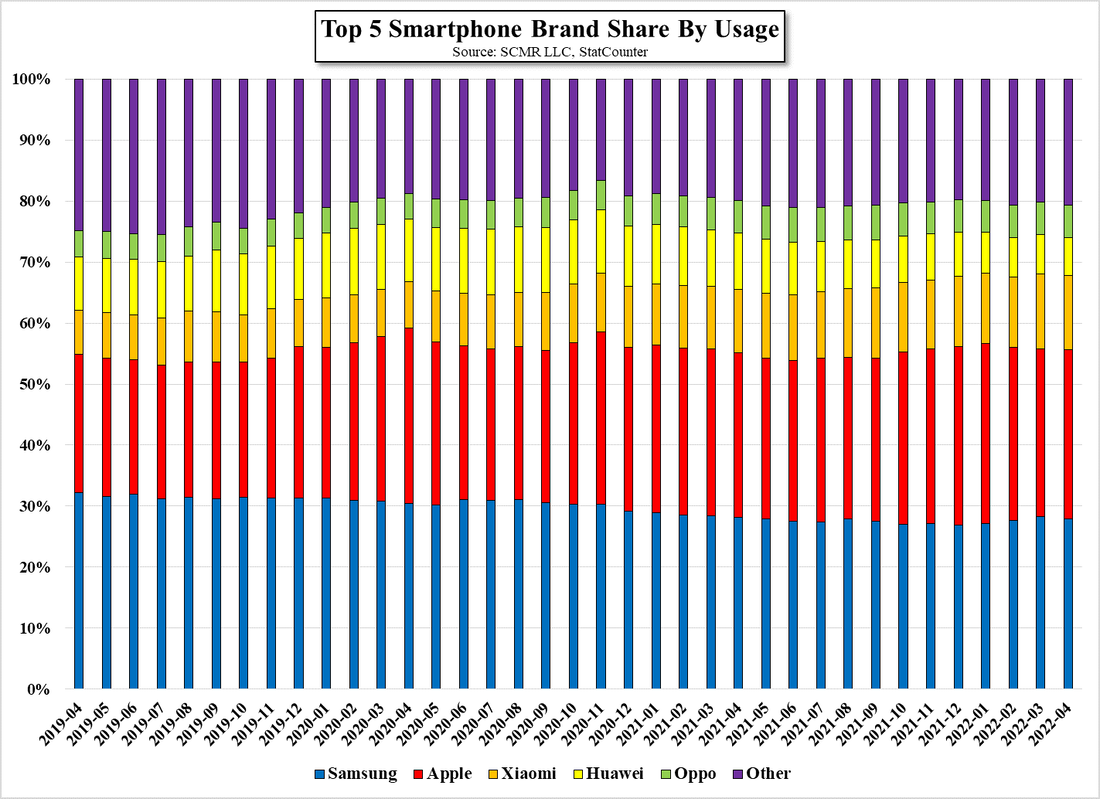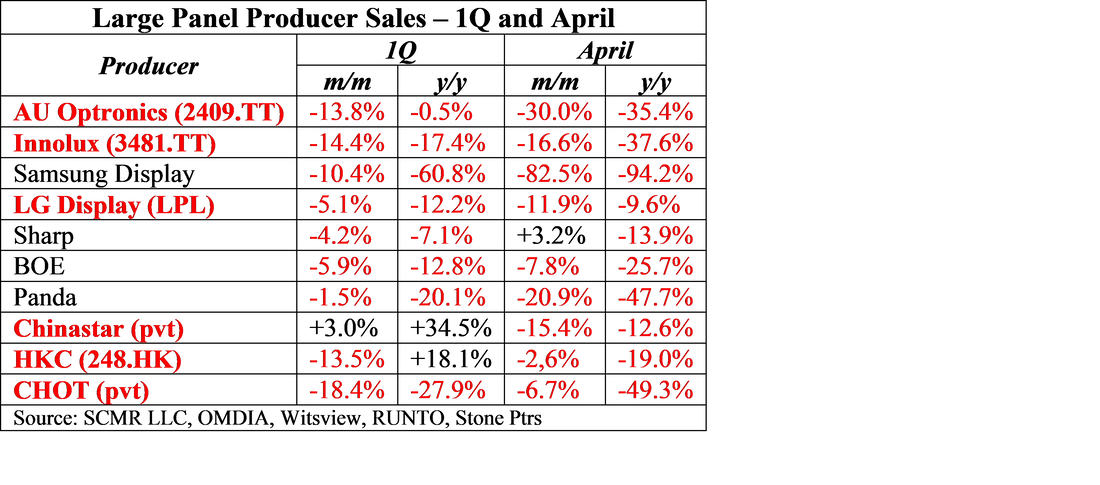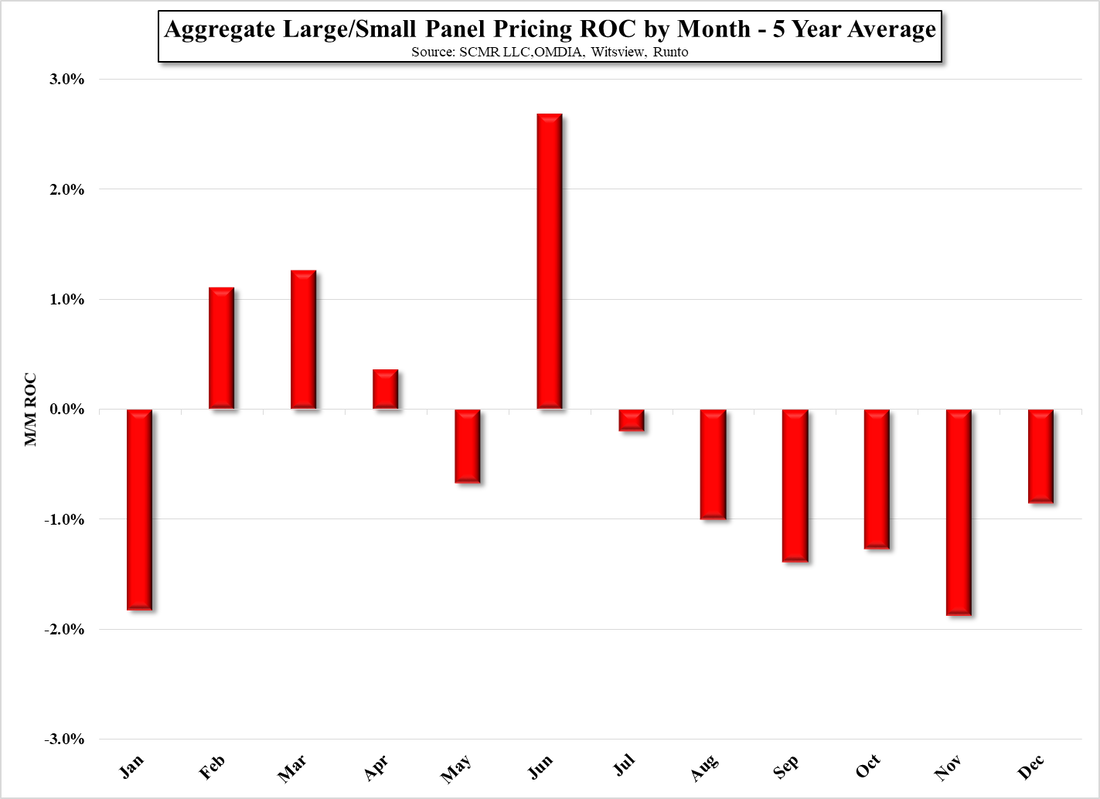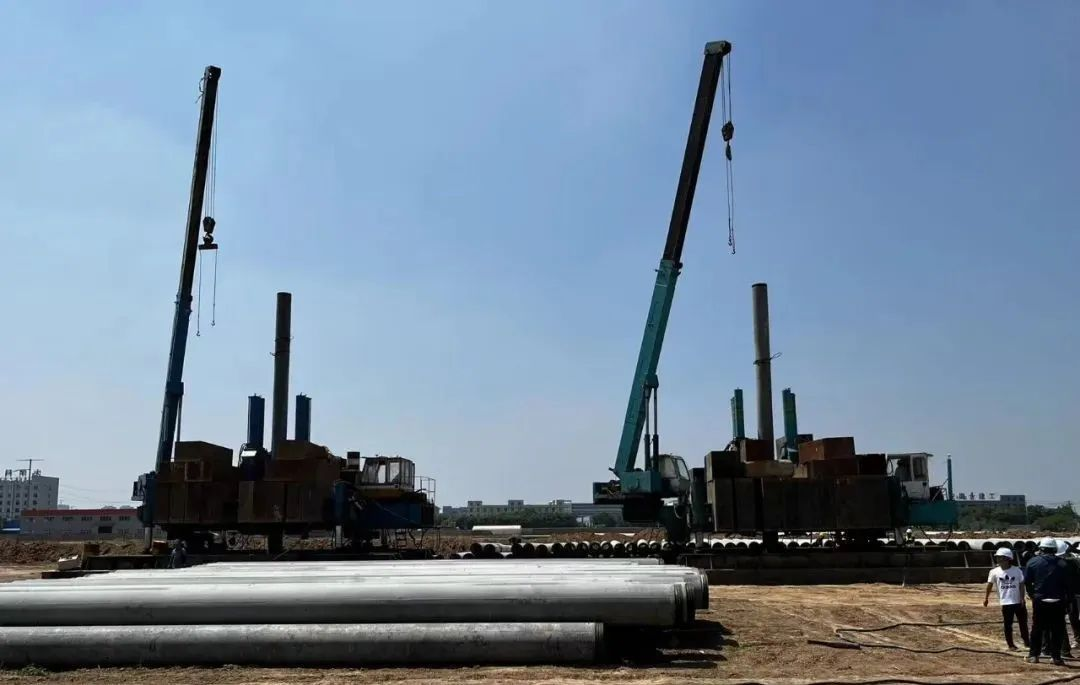Is RFID Back?
- The obvious uses for RFID tags are to prevent shrinkage in a retail environment and to control inventory, but bar codes, which require only a printer and scanner are a cheap alternative that has offset much of the need for RFID. It is still a large market, with estimates of $10b+ last year and $17b to $18b by 2026, but the growth expectations for the RFID have been too optimistic many times before. That said, there has been one strong proponent of the technology for many years, Wal-Mart (WMT), who adopted the technology years ago and upgraded to UHD RFID, for its retail apparel products in 2020. The company cites dramatically improved inventory management, which they say equates to a better in-store and online experience for customers and has now asked its suppliers to place Gen 2 UHF RFID tags on products in the following categories in addition to retail apparel and footwear:
- Kitchen & Dining
- Home Décor
- Bath & Shower
- Bedding
- Furniture & Luggage
- Closet & Organization
- Toys
- Electronics
- Wireless Products
- Sporting Goods
- Tires
- Batteries




















 RSS Feed
RSS Feed